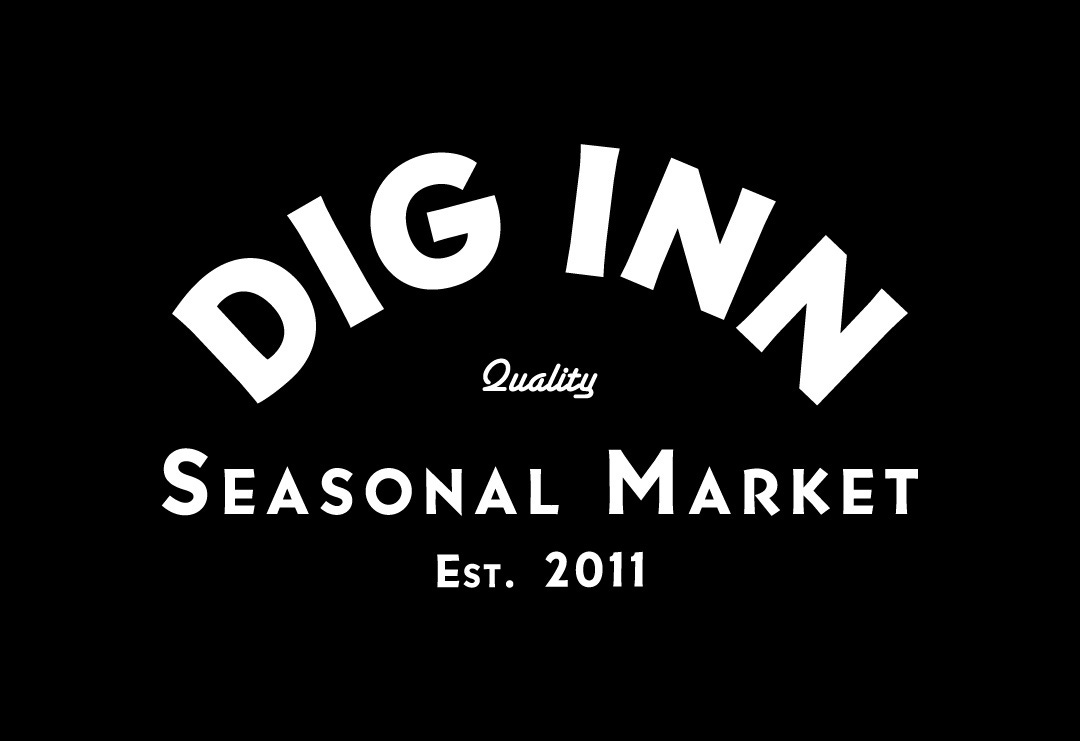Evaluating Patient Aggregation Opportunities (Part 1)
the slowest writer in healthcare is back :)
TL;DR:
Seeking early defensibility of your healthcare business is more critical than ever, as investor expectations become higher and more scrutinizing, and differentiation becomes more difficult to earn.
Early defensibility then can come from your engaged patient base - specifically, if you can aggregate the trust of many patients quickly, this buys you defensibility and more time towards differentiation.
There are some domains to build in healthcare that present more advantages to patient trust aggregation than others. This article presents a view on how one might identify these advantages for new opportunities, business augmentation, or investment evaluation.
One can view patient trust as a product of three dimensions: frequency of interactions, utility of interactions, and duration of interaction history. The higher the product of the three dimensions (aka volume), the higher the trust of the individual trust.
To aggregate this trust scalably, you need to not only consider the trust volume potential of your strategic approach, but also how that might tie into effective patient acquisition, and patient-aligned incentives.
Finding an elegant way to optimize across all of these criteria earns your business a competitive advantage, pricing/contracting leverage, and steerage potential.
Quickly stating the obvious: Virtual first-healthcare companies’ need for competitive advantage continually rises. The macro market landscape exacerbates pressures while competition and investor scrutiny stays persistent (or increases). Meanwhile, the necessity for a more patient-aligned system remains as pressing as ever.
For patient-facing companies, the bar for execution on pure tech differentiation is high. With services both existing and emerging (via the digital health tech stack) to quickly enable table stakes experiences, and some even empowering net new, standing up a functional healthcare operation is easier than ever - for both you and your potential competitor. This means the opportunities for truest healthcare differentiation that comes from tech itself lie increasingly in uncharted waters, where value experiences growth on a non-linear scale. (Good examples here being companies with clinically proven outcome-improving tech itself like SWORD, or those with novel care delivery automation.) Difficult to identify, even more so to truly execute.
In this arena, the proven path for some form of early defensibility will be to amass an aggregate of patients. Done successfully, and perhaps this might even buy some time for building towards that true tech differentiation.
Naturally, building this aggregate isn’t as simple as it seems (and when is anything ever, in healthcare?). It’s not enough to have a rolodex of patients at the ready. To acquire sturdy defensibility and maximize value capture, one must build to aggregate patient trust - relationships that engage and retain. This will be the case for any patient-facing company, and especially for those looking towards risk-based models. And with runways tightening, it’s more imperative than ever to find quick paths to adoption and engagement.
As such, the objective will be to target opportunities that possess, among others: 1) high patient propensity towards trust, and 2) aggregation advantages. Below are my heady thoughts on how to approach that objective. For builders, hopefully this provides a way to find NewCo ideas, new business initiatives, new product lines, new acquisition channels that drive truer adoption. For investors, perhaps a qualitative way to examine investment opportunities. For healthtech aficionados, some fun thoughts to chew on.
Let’s dig in.
Identifying opportunities for patient trust
Different parts of healthcare will pose different challenges in building patient trust. If capturing trust early might be a source of defensibility, the question becomes: where are the advantages?
A simplified way I view trust is as a product of three things:
Frequency of interactions (“How often?”)
Utility of interactions (“How much value?”)
Duration of interaction history (“For how long?”)
The greater the volume of these three dimensions, the greater the trust. A cube of trust if you will. Sounds funny.
Thus, to optimize the ability to capture a maximum volume, we can look at healthcare domains that possess advantages in the three.
Frequency
Frequent healthcare utilization populations (ex. Chronic care, Medicare / Medicaid)
Routine healthcare engagement (ex. Pharmacy / prescriptions, urgent care)
Proximity to routine non-healthcare interactions (ex. Texting, community centers, barbershops / laundromats / convenience & retail)
A leading navigation company defines engagement (in its S-1) through “percentage of member families who have engaged at least once a year”, and that number sits around ~50% - healthcare’s engagement problem is egregious! This may be a symptom of the deeper issues of patient apathy and mistrust of the system, which will need to be attacked head on. If one aims to build habit-forming patient engagement in search of deeper trust, high frequency domains will provide more shots on goal than domains dominated by sporadic or episodic interactions.
For many of the early wave of patient-facing orgs, frequent utilization populations & routine engagement domains made easy targets, partly for this reason. Patients here have higher propensity to need care frequently and on a regular cadence, so building for these domains allows for a non-trivial “alleviation” of the engagement problem at the root level.
Even with the above mentioned frequent utilization populations and routine engagement domains, often the engagement behavior is driven by necessity, not proactive choice (and even for proactive personas, the poor overall experience exerts negative inertia). It’s important to recognize that patients (read: humans) are generally averse to new behavior - new lifestyle choices, new apps, new services, new individuals to interact with.
Lowering the cognitive burden to engage drives engagement. This often can mean tapping into existing behavior patterns, or finding “proximity to routine non-healthcare interactions”. Going to where patients already are can in the least provide adoption/engagement lift, and perhaps even provide deeper trust opportunities - a great example being the NEJM Barbershop Study, recently made more famous by Nikhil Krishnan from Out-Of-Pocket. And to prove that I really practice what I preach, nothing says “lowering your cognitive burden” like making you read a super-long, extremely wordy blog post with like two pictures.
Utility
Immediate patient value / convenience (ex. Care delivery, scheduling, health information & content, HSA & tax advantages, BNPL)
Patient-favorable cost structure (ex. Discount coupons, CostPlusDrugs, HSA)
High patient complexity / information asymmetry (ex. Insurance enrollment, specialist referrals, complex care populations)
Difficult access (ex. Specialty pharmacies, rural healthcare, inclusive care)
Utility to the patient can be obvious and/or deep.
Obvious utility domains provide immediate, conspicuous value to parts of healthcare top-of-mind to patients: one could 10x convenience and bring the experience to modern standards, improve patient’s financial outcome by reducing costs (or even earning them money in the case of HSAs), provide previously unheard-of clarity on quality, etc.. Some domains with obvious utility might even accomplish a blend of utility and frequency by tying into oft-frequented points in the patient journey (a good example being new age convenient pharmacies).
The key advantage with obvious utility domains is that they have an easier path to organic patient intent, for the average patient. The more apparent the value (and the more effective the communication of said value), the lower the cognitive burden. And of course, the lower the burden, the likelier the patient adoption & engagement and trust over time.
Meanwhile, deep utility domains tap into care journeys where the complexity or patient pain is high. Relieving said complexity / pain with empathy and quality will quickly ingrain deep trust. This may require meeting patients at eye-level and gaining an ethnological understanding of patient pain points, while providing all-around support to reduce burdens to receiving care.
Duration
Embedded relationships (capitalizing on previous patient relationships)
Enabling relationships (accelerating the path towards a defensible human connection)
Portability (ability to maximize patient LTV / future patient relationships)
Obviously it’s impossible to immediately build a long duration of trust. However, what we can do is optimize the ability to capture duration.
One such way is to look towards finding embedded relationships and enabling new ones. I’ve written on this concept in more depth here, but patients will lean (sometimes irrationally so) towards the comfort of human connection for their healthcare experience. Building through/for that connection creates a proxy for durational trust. Essentially, finding a pre-existing “cube” as opposed to starting from scratch and encountering the warts that come with doing so. If such relationships are not easily identifiable and acquirable, then providing relevant individuals with optimal ability to build such relationships is the alternate path.
Another way is portability. Healthcare’s reimbursement structures require the continual severance of relationships (care discontinuity) which equates to churn. Planning for portability, or working through wedges with high portability (or consistency of experience across all reimbursement forms) creates longer-term advantages by avoiding the need for this severance while also creating trust-building opportunity at each severance point.

You might be able to assess your wedge/initiative/etc. by testing its strength (or lack there of) in any or all of these dimensions. How does the MVP offer advantage in these dimension especially against potential competitors? Further, does the initial approach have a path towards beefing up the dimensions where it may be currently weaker?
There’s strong parallels between this trust volume framework and LTV. To capture max trust volume (and increase LTV), you can imagine that there’s multiple ways to play with the three dimensions. If you provide high utility at high frequency, then patient trust might be high fairly quickly despite a low duration of the relationship. If the domain is more seasonal in frequency, then it may be beneficial to tap into high duration wedges (if they may exist) to capture an early, consistent trust advantage.
Each dimension can provide supplementary trust support that eases the path towards early engagement. Some might even increase your TAM, or your average revenue per patient - especially if you’re pursuing the path of increased trust → increased engagement → improved outcomes → increased savings.
There can also be overlap across dimensions. Embedded relationships allow for efficient acquisition and “hacks” a long duration of trust. Local communities and social work lower barriers to entry for building durational trust for vulnerable populations while providing access points toward high frequency. Building care / operating models that find elegant ways to weave through these overlaps could be differentiators.
I think Tia’s journey is a great example of strong execution on building on the trust framework over time:
Early initiatives targeting frequency + "obvious utility" with a patient information app
Deepening that early trust through building in-person clinics that rewire a traditionally cold and "untrustable" clinic experience for women into something that ethnologically understands their needs
Steady aggregation leading to incumbent partnerships and steerage opportunities
One could imagine that, early on, they could have partnered with high-network OB/GYNs and women's health specialists to tap into "duration" referrals and accelerate aggregation.
Lastly, maximizing this trust volume for a given patient eventually will mean that you will become the go-to relationship for that patient’s healthcare journey, over Google / Facebook / the growing presence of TikTok. Part 2 will explore what might be key considerations towards scaling collection of maximized trust.
Special thanks to the below folks in particular (and others!) for initial reads, thoughts and/or critical feedback:
Bobby Guelich - Elion (Check out Elion’s recent marketplace launch!)
Krish Maypole - Icon Health, Substack: Point of Care





